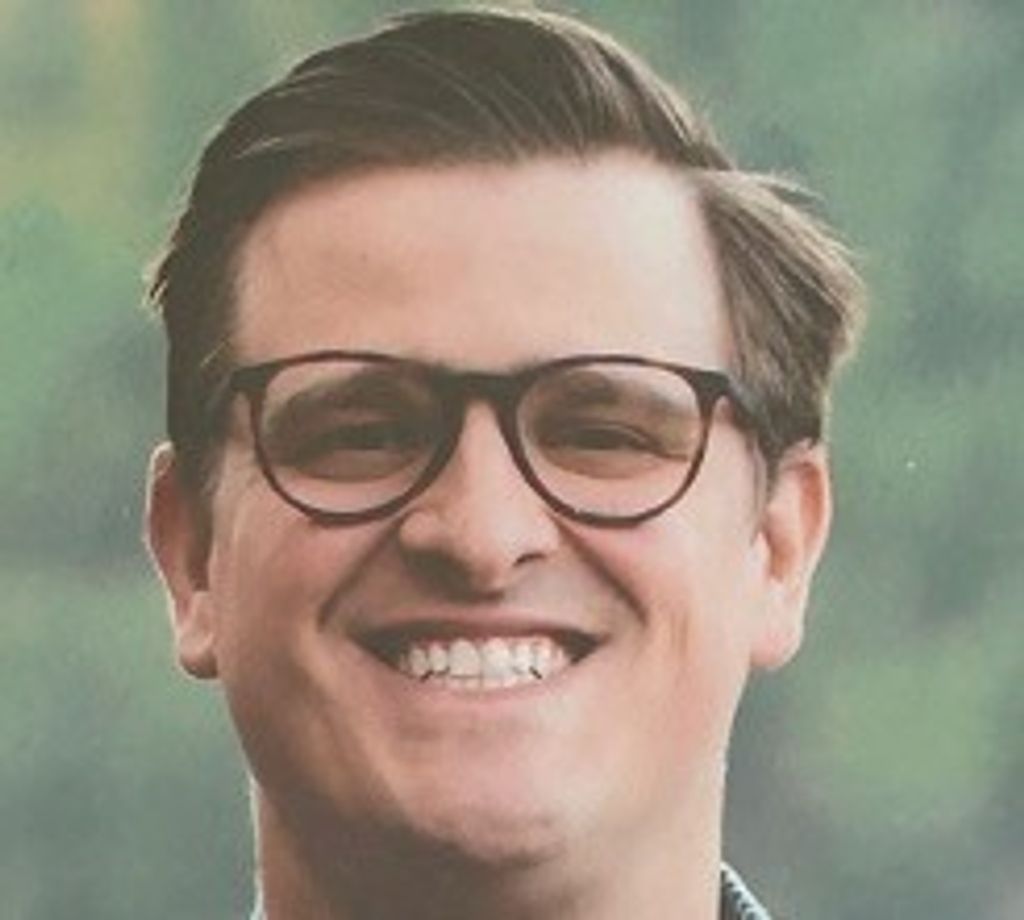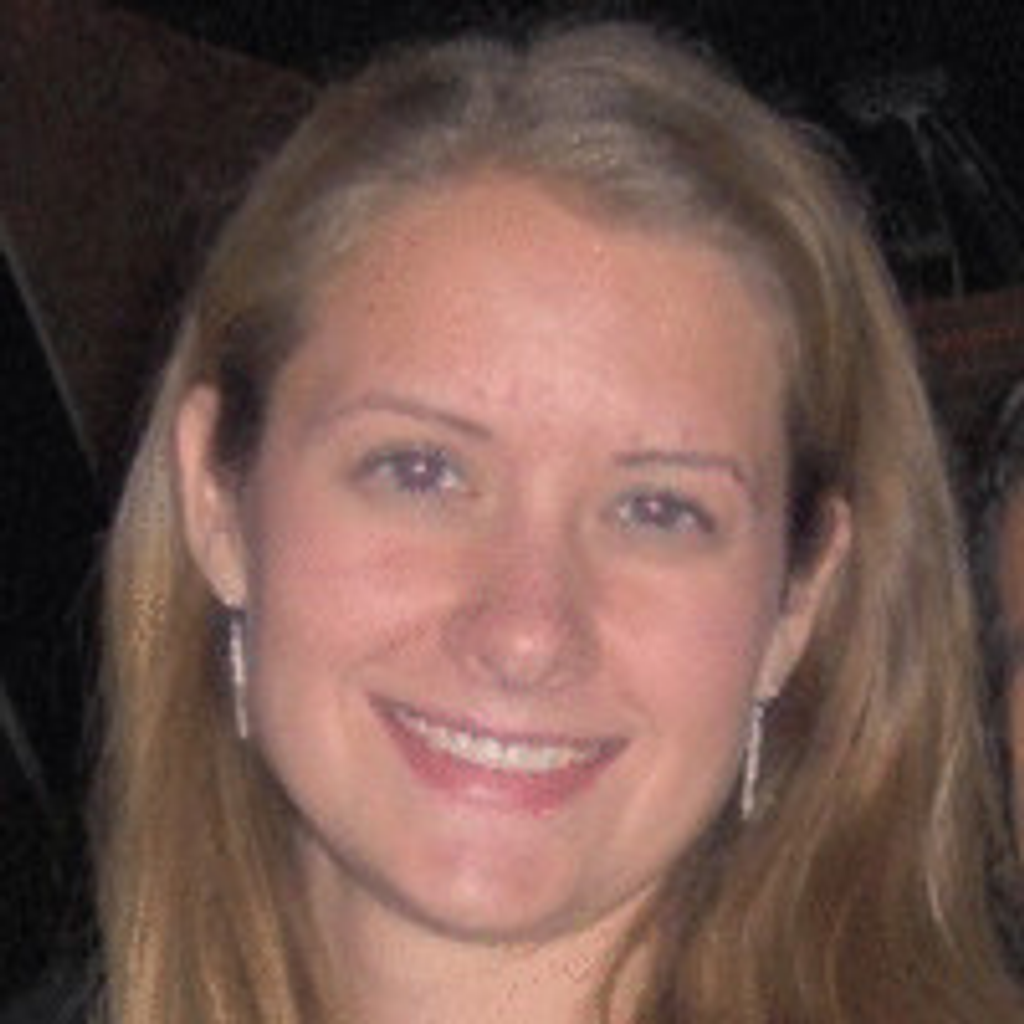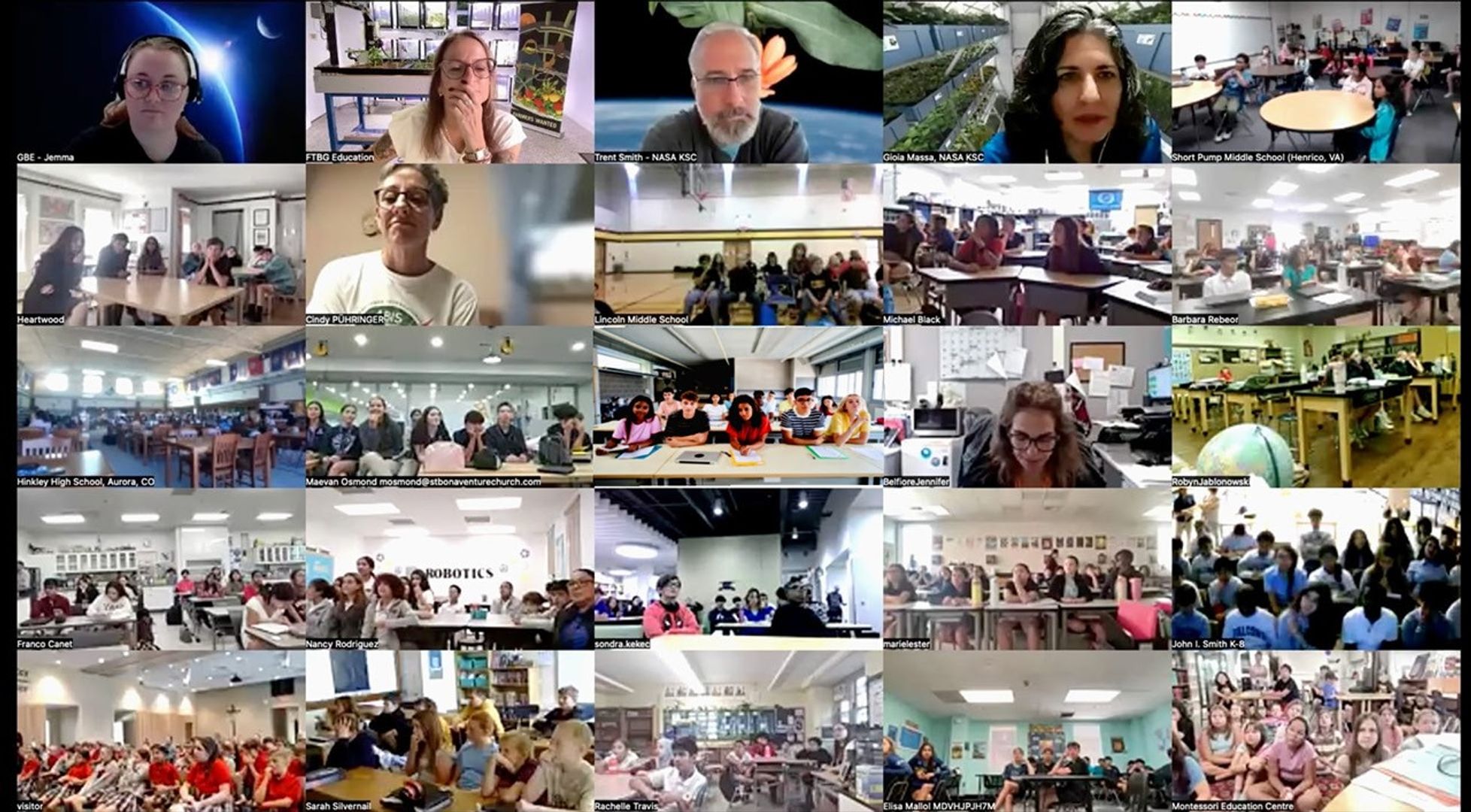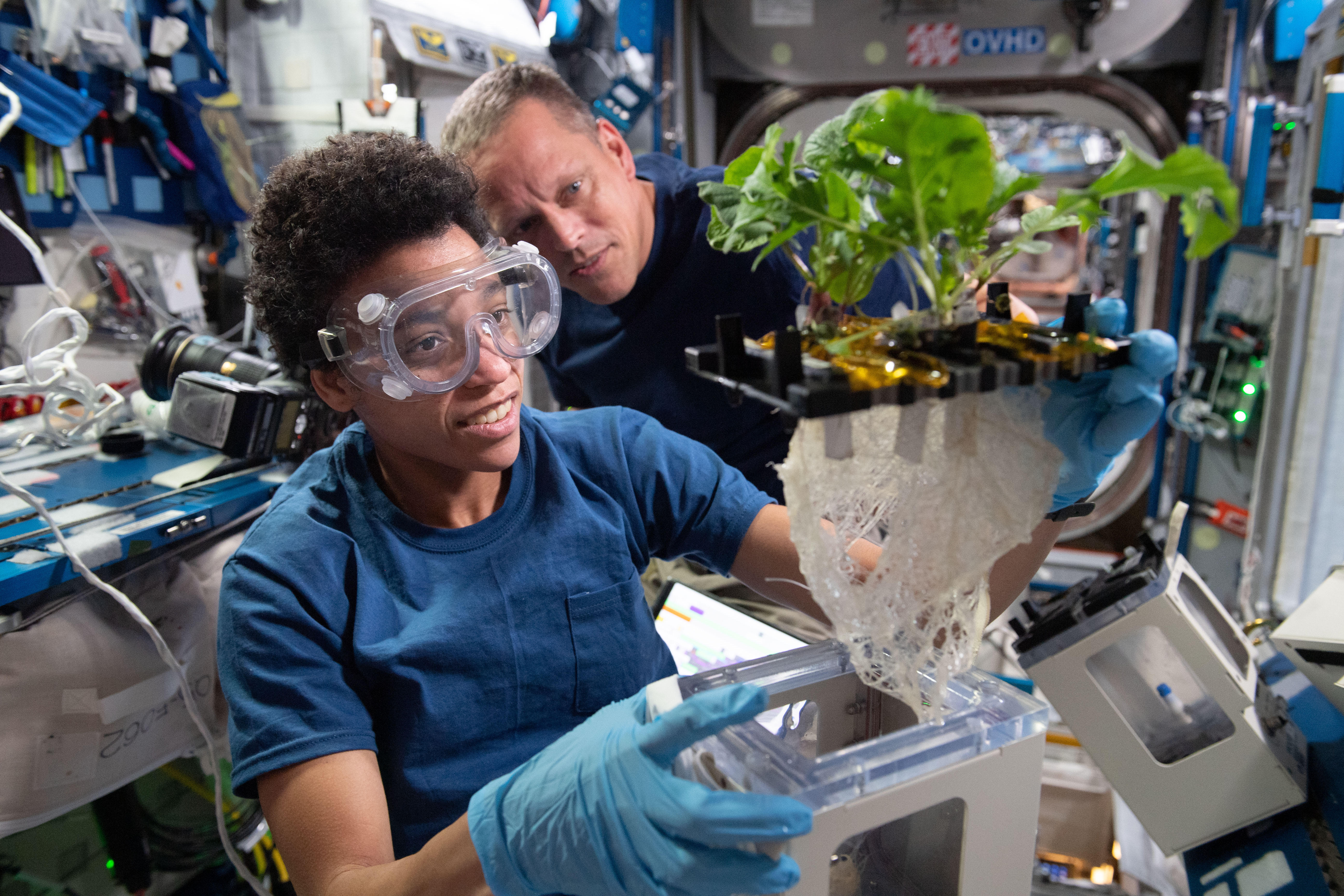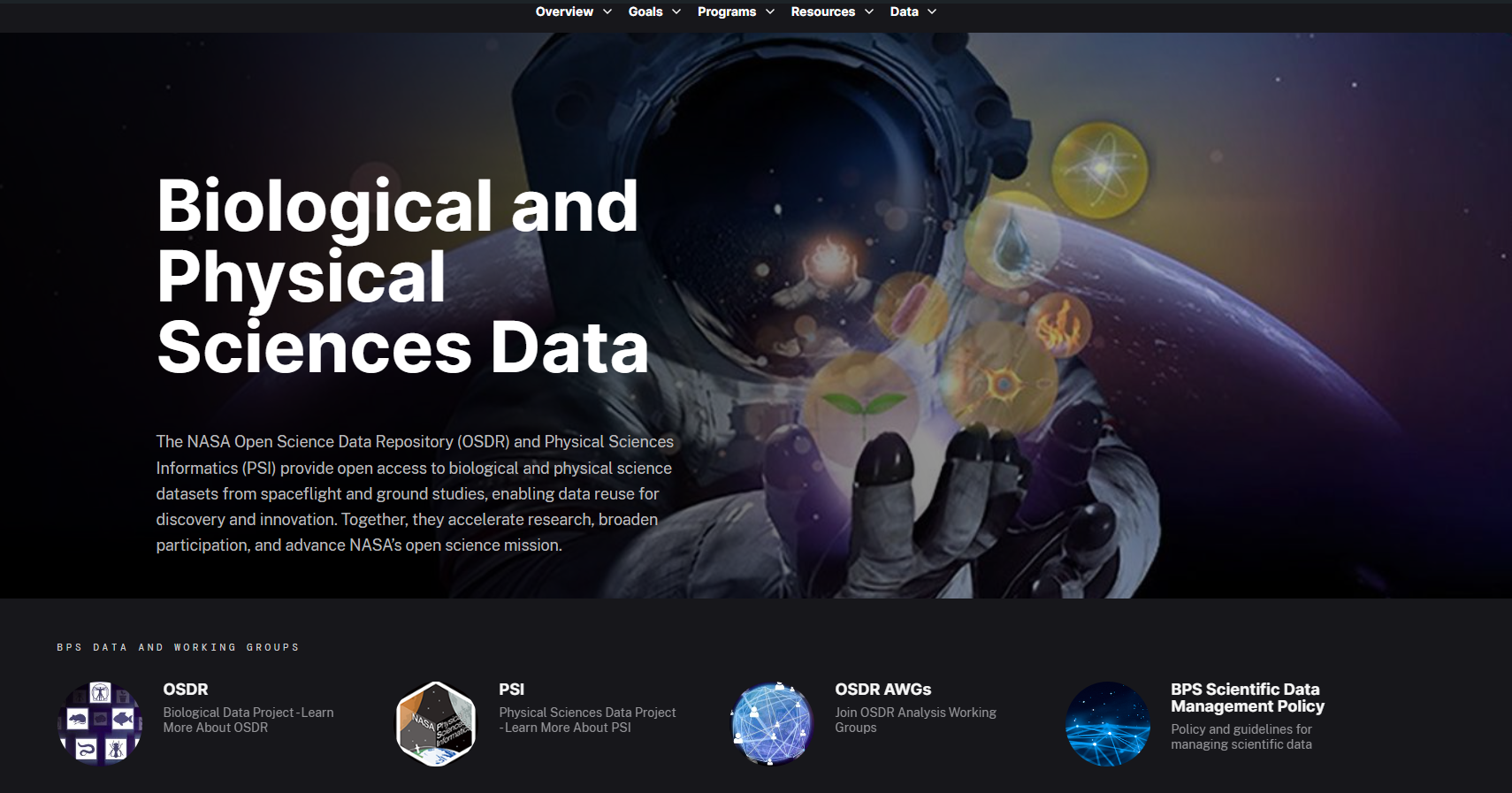NASA’s STAR Program Equips Researchers to Conduct Experiments in Space Biosciences
Conducting research in space is a complex endeavor: applying for funding, working with engineers to develop hardware, preparing and operating the experiment in space, analyzing data, and more.
Since training for spaceflight experiments isn’t something you typically learn in school, it’s critical that professional scientists leverage the experience of colleagues and mentors. That’s why NASA developed its Spaceflight Technology, Applications and Research (STAR) program — to equip associate and postdoctoral researchers with the insights and information needed to optimize success, from grant writing to experiment design.
Studying biological phenomena in spaceflight environments enables researchers to advance fundamental knowledge in ways not possible on Earth. “For many researchers, the ideal venue might be the International Space Station or even beyond low Earth orbit,” says STAR course co-organizer Dr. Marianne Sowa. “So, there is a lot at stake once an investigation is green-lit. This might be their one chance to run an experiment in space, so it’s essential that we help them lay the groundwork for success.”
“Our participants learn both fundamental space biology and the practical aspects or planning a spaceflight experiment,” adds Dr. Egle Cekanaviciute, STAR course director and a scientist with the Space Biosciences Research Division at NASA’s Ames Research Center. “By the end of the course they have a solid foundation of knowledge and, perhaps even more importantly, they know where to go with their questions.”
“Part of the process includes looking at the potential limitations of a proposed investigation,” continues Cekanaviciute. “For example, you wouldn’t expect to send 100 mice to the space station and do the analysis the moment they land. This is not the way it works, but if you aren’t in the field or at a NASA center you wouldn’t know that.”

Originally developed as an in-person Space Biosciences program to be held at Ames prior to the COVID-19 pandemic, STAR was quickly converted to a virtual format. This pivot enabled researchers from around the world to participate in the program, who otherwise may not have had the opportunity. “We found the virtual format to be a fantastic way to bring the science community together and grow the spaceflight community around the world,” says Dr. Lisa Carnell, STAR course co-organizer.
Throughout the course, participants hear from academic researchers NASA experts, commercial spaceflight providers, and peers on variety of topics designed to enable researchers to design and progress their investigations in space biology. “One of the aspects of the course that I am the most proud of is the community of participants that we are building and the connections they establish with the more senior researchers who are our seminar speakers,” says Cekanaviciute. STAR ‘graduates’ couldn’t agree more and share other highlights from their experiences below.
What attracted you to the STAR program?
“The diversity of topics covered in the course curriculum and the ability to receive additional advice for seeking grant funding and preparing for spaceflight experiments. I also thought it would be a good opportunity to network with other scientists in the space biology field and potentially collaborate together on future research projects too.”
- Andrea Henle, Associate Professor of Biology, Carthage College
“As an early career researcher entering the field of Space Biology, this course seemed incredibly valuable to gain greater context and perspective to shape my research and find valuable insights from people directly working with Space flight missions.”
- Leena M. Cycil, Postdoctoral Research Scientist, University of Nevada, Las Vegas
What did you learn that was surprising about space biosciences?
“Each of us lives in that small ‘research bubble,’ focused on very specific cells or systems. The fascination of the program was to broaden my horizon. Hearing about octopuses in space, while thinking about the astronaut microbiome, and in the next session learning about grant funding mechanism is a privilege.”
- Hansjorg Schwertz, MD, PhD, MOH, The University of Utah, Department of Family and Preventive Medicine; Billings Clinic Bozeman, Occupational Medicine
“Designing experiments on Earth may not translate successfully to experiments in space, given the lack of gravity and how materials may behave. The understanding of how to undertake a multilayer approach in order to execute an experiment, from designing a hypothesis that is relevant to the risks associated with space health and the possible benefits to life on Earth, would not have been possible without this carefully crafted program.”
- Evagelia C. Laiakis, Associate Professor, Georgetown University
“I was surprised to discover the accessibility of space biosciences to new investigators. Through small-group meetings with flight integration companies, I learned about the remarkable hardware and spaceflight logistics expertise available. In addition, I found that the space biology community was open to sharing the lessons learned from their own experiences.”
- Kelly Crowe, PhD, Assistant Professor of Biology, Mount St. Joseph University
Which topics did you find most interesting and why?
“I was already working on grant applications. Some of the criticisms I could directly address using new knowledge taught and discussed during our STAR sessions. The review of experiments, hardware, grant applications, payload, and data sharing were invaluable, too, especially while being in the midst of the grant writing process.”
- Hansjorg Schwertz*, MD, PhD, MOH, The University of Utah, Department of Family and Preventive Medicine; Billings Clinic Bozeman, Occupational Medicine
* Dr. Schwertz was awarded a Space Biology grant for a flight mission to study the effects of spaceflight on human blood cells, called megakaryocytes. It was his third resubmission, which was successfully granted after his completion of the STAR program.
“One of the most interesting sessions was the meeting with the implementation partners and researchers that have conducted spaceflight experiments and the one-on-one discussions. Each partner highlighted their capabilities and the limitations of what can be done in a space environment, allowing us to rethink of how we could possibly conduct our own experiments.”
- Evagelia C. Laiakis, Associate Professor, Georgetown University
How do you think the program will influence your research?
“The STAR course has given me additional contemporary topic ideas to share with the students enrolled in my undergraduate course. I’ve also been able to meet other scientists whose science I hope to feature and whom I would like to invite to guest-lecture in my undergraduate course.”
- Andrea Henle, Associate Professor of Biology, Carthage College
“By being part of this course, I can connect with peers and mentors around the world. The topics of each week’s seminars are of immense relevance to our ongoing space biology payload development. I am able to get personalized feedback to some of the queries about our project’s development and get a holistic perspective of mission design, development, and execution. The learnings will certainly help me train my team to carry out several successful flight as well as ground control experiments and chart out a near-midterm research strategy for the work ahead.”
- Siddharth Pandey, Head, Centre of Excellence in Astrobiology, Amity University Mumbai / Blue Marble Space Institute of Science
“The collaborative culture created through this program ensures that we could all reach out to one another and take advantage of our individual expertise in future proposals and interpretation of results.”
- Evagelia C. Laiakis, Associate Professor, Georgetown University
“The STAR program included grant writing workshops during which participants could receive feedback on space biology-relevant projects. The feedback I got from NASA scientists and other participants about my research proposals has been instrumental in my development of space biology projects. The STAR program has revealed a new world of research opportunities that will be transformative for my career.”
- Kelly Crowe, PhD, Assistant Professor of Biology, Mount St. Joseph University
What advice would you offer colleagues, based on what you learned during the program?
“This program is one of the best uses of your time if you are interested in space research. Try to think about your goals upfront, start thinking about the grant you would love to propose, on or before the first session. Be openminded about other disciplines, which will make the research application more rounded, more impactful, and create increased enthusiasm amongst reviewers.”
- Hansjorg Schwertz, MD, PhD, MOH, The University of Utah, Department of Family and Preventive Medicine; Billings Clinic Bozeman, Occupational Medicine
“Take advantage of the fantastic collaboration opportunities available through the program, including with those who have direct spaceflight research experience. The collective expertise available in the space biology community can mitigate the unique challenges of this research and facilitate exciting new discoveries.”
- Kelly Crowe, PhD, Assistant Professor of Biology, Mount St. Joseph University
About NASA’s STAR Program
Spaceflight Technology, Applications and Research (STAR) is a virtual NASA program for space biosciences training. The annual course targets principal investigators (PIs), senior research scientists, and postdoctoral scholars and aims to facilitate their entry to space biology and preparation for conducting spaceflight experiments using NASA and commercial platforms.
Course curriculum includes fundamental space biology and its practical applications, including technical and logistical considerations, opportunities, and the unique advantages and limitations of conducting an experiment in space. Course participants also have opportunities to interact with PIs with prior mission experience, developers of spaceflight technology, and flight providers. Applications for the next class will open in March of 2022, with classes to be held weekly from September 2022 through February 2023.
STAR-1 (2020-2021) Cohort
STAR-2 (2021-2022) Cohort
About BPS
NASA’s Biological and Physical Sciences Division pioneers scientific discovery and enables exploration by using space environments to conduct investigations not possible on Earth. Studying biological and physical phenomenon under extreme conditions allows researchers to advance the fundamental scientific knowledge required to go farther and stay longer in space, while also benefitting life on Earth.










